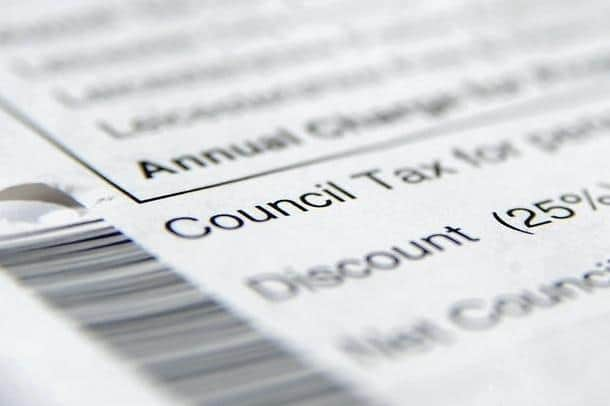Proposals to charge developers council tax for unbuilt homes in Hertfordshire
and live on Freeview channel 276
Hertfordshire councils have drawn-up plans for a scheme that could ask housing developers to pay council tax on unbuilt sites.
The proposed scheme has been designed to address the number of sites across the county that have planning permission, but remain ‘undeveloped’.
Advertisement
Hide AdAdvertisement
Hide AdAnd it would allow district or borough councils to demand ‘band D’ council tax for every unit not built within an agreed period of time.


Alternatively, as part of the proposal developers would be able to sell the land – at undeveloped prices – to the local council or to the Hertfordshire Growth Board.
The pilot scheme – which could not be implemented without government backing – is included in Hertfordshire Growth Board’s ‘Growth and Housing Delivery Prospectus 2021’.
That prospectus – presented to a meeting of the Hertfordshire Growth Board on Tuesday, September 7, – highlights the county’s ‘broken’ housing market, high house prices relative to earnings and the failure of the housing market to meet growing need.
Advertisement
Hide AdAdvertisement
Hide AdAnd it contains a wide-ranging package of measures drawn-up in a bid to increase and accelerate housing delivery in the county.
The proposed council tax scheme is one of a number of ‘flexibilities and freedoms’ that the prospectus says the county is seeking from government.
It is also seeking powers to refinance loans from the PWLB to enable additional council homes to be delivered, as well as greater flexibility in the way ‘right to buy’ receipts are utilised.
In addition it suggests the introduction of a community levy across Hertfordshire to fund infrastructure and maximising the use of public land for more sustainable affordable homes.
Advertisement
Hide AdAdvertisement
Hide AdThe prospectus acknowledges Hertfordshire is among the least affordable English counties to live in – with properties fetching an average of 10.67 median earnings.
It reports that in September 2020 the national ‘median’ average house price was £249,000, but in Hertfordshire the average was £400,000 – ranging from £275,000 in Stevenage to £545,000 in St Albans.
And highlighting the county’s ‘broken’ housing market, it makes the delivery of at least 100,000 homes by the mid 2030s a ‘key objective’.
With increasing demand for homes, it points to 50 key strategic large-scale sites that are expected to deliver 60,000 homes.
Advertisement
Hide AdAdvertisement
Hide AdBut – making the case for intervention – it suggests delivery is not keeping pace with demand or need.
“With the identified need for around 7,500 new homes each year and under 5,000 completions each year, it is clear that significant intervention is needed to meet this level of demand and tackle the root causes of under-supply,” says the report.
“Although there is a buoyant housing market, market failure exists and can be demonstrated in the pace at which our strategic site locations are coming forward and the overall housing delivery trajectory referenced above.”
Meanwhile the prospectus also highlights proposals to deliver developments of pre-fabricated ‘affordable’ homes on small patches of public land.
Advertisement
Hide AdAdvertisement
Hide AdAccording to the ‘Growth and Housing Delivery Prospectus 2021’, the Hertfordshire Off-site Manufacturing Programme is already working to adapt planning policies and procurement routes.
And the Hertfordshire Consortium – set up by the Growth Board and the LEP – has begun looking for suitable sites.
Standardisation, says the report, will help achieve economies of scale, optimise good design and place-making.
And according to the report the aim in this first phase will be to identify 25 small sites to provide a minimum of 150 homes across the county.
Advertisement
Hide AdAdvertisement
Hide AdDuring the meeting of the Growth Board Cllr Sharon Taylor suggested that it needed to be clearer in the prospectus that these ‘modern methods of construction’ (MMC) properties needed to be low or zero carbon.